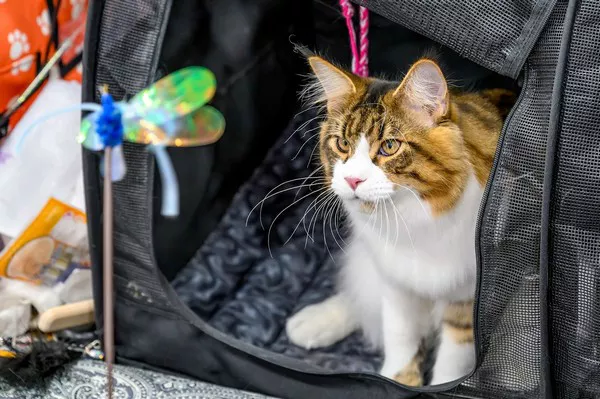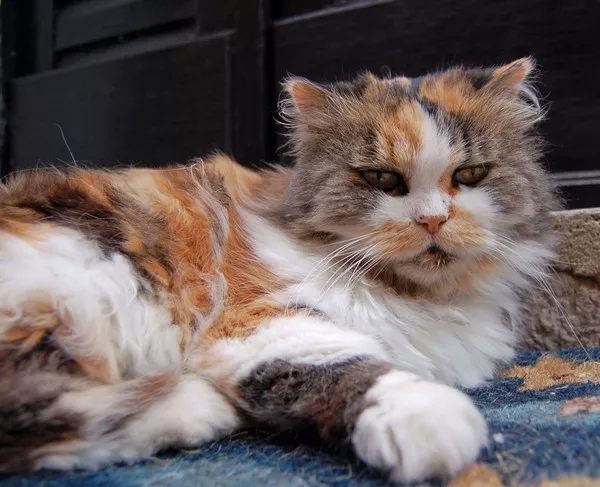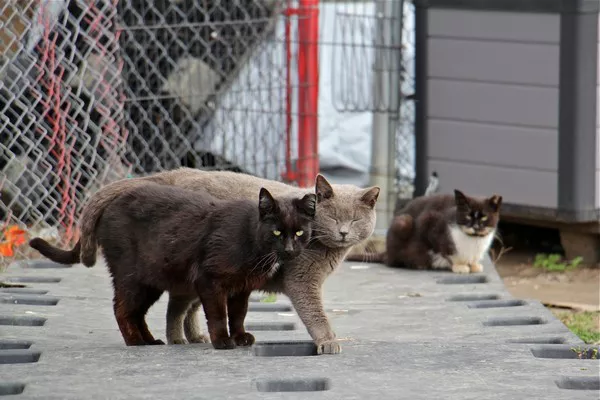As a pet owner, ensuring the health and well-being of your feline friend is a top priority. One essential aspect of responsible pet ownership is understanding the financial implications of veterinary care. Cat health insurance can help mitigate these costs, providing peace of mind in times of medical need. However, with various policies available, it is crucial to know what coverage options exist and how they can benefit your cat’s health. This article will explore what cat health insurance typically covers, including accidental injuries, illnesses, chronic conditions, preventive care, specialist care, emergency care, third-party liability, exclusions, and more.
1. Accidental Injury Coverage
One of the primary reasons cat owners opt for health insurance is to cover unexpected injuries. Accidental injuries can occur at any time, whether your cat gets into a fight, falls from a height, or suffers a car accident. Cat health insurance typically covers veterinary expenses related to these incidents.
Fractures: If your cat sustains a broken bone, the insurance will usually cover the costs of X-rays, splinting, or surgical intervention if necessary.
Wounds and Lacerations: Accidents can lead to cuts and wounds requiring immediate veterinary attention. Insurance can cover the cost of cleaning, stitching, and any follow-up care.
Trauma: Coverage may extend to various types of trauma, including internal injuries from accidents. This can include surgeries, hospitalization, and medication.
2. Illness and Disease Coverage
In addition to covering accidental injuries, cat health insurance also typically includes provisions for various illnesses and diseases. This includes a wide range of medical conditions that may require diagnostics, treatment, or ongoing care.
Diagnostic Tests: When your cat shows signs of illness, timely diagnosis is crucial. Health insurance generally covers costs for tests such as blood work, X-rays, ultrasounds, and biopsies.
Treatments and Surgeries: If your cat is diagnosed with a serious condition, the policy will usually cover the associated treatment costs, including medications, surgeries, and hospitalizations.
Medications: Ongoing medication costs for conditions such as infections or chronic diseases are typically covered.
3. Coverage for Chronic Conditions
Chronic conditions in cats, such as diabetes, kidney disease, and arthritis, require careful management and can lead to significant veterinary costs. It is essential to know how your cat health insurance policy addresses these long-term health issues.
Policy Limitations: Some policies may have specific limitations on chronic conditions, such as waiting periods before coverage begins or exclusions for pre-existing conditions.
Management Costs: Many policies will cover the costs associated with managing chronic conditions, such as regular check-ups, blood tests, and medications.
4. Preventive Care Coverage
Preventive care is crucial in maintaining your cat’s health and preventing serious illnesses down the road. However, not all cat health insurance policies include preventive care in their coverage.
Vaccinations: Some policies include coverage for essential vaccinations, helping to protect your cat from common diseases.
Routine Check-Ups: Annual health check-ups can catch potential health issues early. Depending on the policy, these visits may be partially or fully covered.
Dental Cleanings: Dental health is essential for overall well-being, and some insurance plans may cover routine dental cleanings and procedures.
5. Specialist Care Coverage
In some cases, your cat may need to see a specialist, such as a veterinary cardiologist or dermatologist, for more advanced care. Understanding how your insurance handles these visits is vital.
Specialist Visits: Many cat health insurance policies cover visits to veterinary specialists. This can include costs associated with consultations, diagnostic tests, and treatments prescribed by the specialist.
Referral Requirements: Some policies may require a referral from your regular veterinarian to ensure coverage for specialist services.
6. Emergency Care Coverage
Cats can face emergencies at any time, and the financial burden of emergency care can be significant. Fortunately, most cat health insurance policies cover emergency veterinary services.
Emergency Hospitalization: If your cat requires immediate hospitalization due to an accident or severe illness, the insurance typically covers these costs.
Emergency Surgeries: Surgical interventions needed in emergencies are usually covered, providing your cat with the necessary care to recover.
Overnight Stays: Coverage for overnight stays in emergency veterinary clinics is also commonly included, ensuring your cat has access to care as needed.
7. Third-Party Liability Coverage
Another important aspect of cat health insurance is the potential for third-party liability coverage. This is particularly relevant for cats that may cause damage or injury to others.
Liability for Damages: If your cat accidentally injures another person or damages someone’s property, this coverage can help cover legal fees and damages.
Limits and Exclusions: It’s essential to review your policy for any limits on coverage, as not all cat health insurance plans include third-party liability.
Exclusions and Limitations
While cat health insurance offers many benefits, there are exclusions and limitations to be aware of when selecting a policy.
Common Exclusions
Pre-Existing Conditions: Most insurance policies do not cover pre-existing conditions. This means any health issues your cat had before obtaining the policy will not be covered.
Elective Procedures: Non-essential surgeries or treatments, such as cosmetic procedures, are typically excluded from coverage.
Alternative Therapies: Many policies do not cover alternative treatments such as acupuncture or chiropractic care.
Deductibles and Co-Insurance
Understanding the financial aspects of your cat health insurance policy is essential for effective budgeting.
Deductibles: This is the amount you must pay out-of-pocket before your insurance begins to cover costs. Deductibles can vary widely between policies, so it’s crucial to choose one that fits your financial situation.
Co-Insurance: After meeting your deductible, co-insurance is the percentage of the costs you must pay. For example, if your policy has a 20% co-insurance rate, you will be responsible for 20% of the covered expenses after your deductible is met.
Policy Limits
Many cat health insurance policies have maximum coverage limits that dictate how much the insurer will pay for specific expenses.
Annual Limits: Some policies have annual coverage limits, meaning there is a maximum amount the insurer will pay for claims in a given year.
Lifetime Limits: Certain policies may impose lifetime limits on specific conditions, meaning once you reach the cap, coverage for that condition will no longer be provided.
Claim Process
Filing a claim with your cat health insurance provider is an essential step in getting reimbursed for veterinary expenses. Understanding the process can help ensure a smooth experience.
Gather Documentation: Collect all necessary documents, including invoices, treatment records, and any required forms from your vet.
Submit the Claim: Claims can often be submitted online, through a mobile app, or via mail, depending on the provider.
Reimbursement Process: After submitting the claim, the insurance company will review it and determine the reimbursement amount based on your policy’s coverage.
Waiting Periods: Be aware of any waiting periods for coverage to begin, as some policies require a specified timeframe before claims can be filed.
Conclusion
Cat health insurance is a valuable tool for responsible pet ownership, offering financial support during unexpected medical situations. Understanding what your policy covers, including accidental injuries, illnesses, chronic conditions, preventive care, specialist visits, emergency care, and more, is essential for making informed decisions about your cat’s health. Investing in cat health insurance not only provides peace of mind but also ensures that your feline companion receives the necessary medical care when it matters most.
Related Topics


























